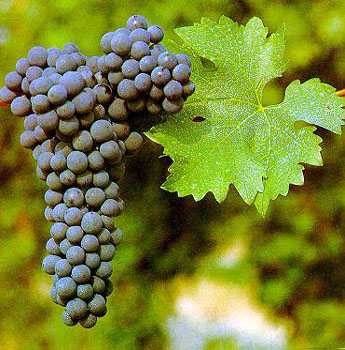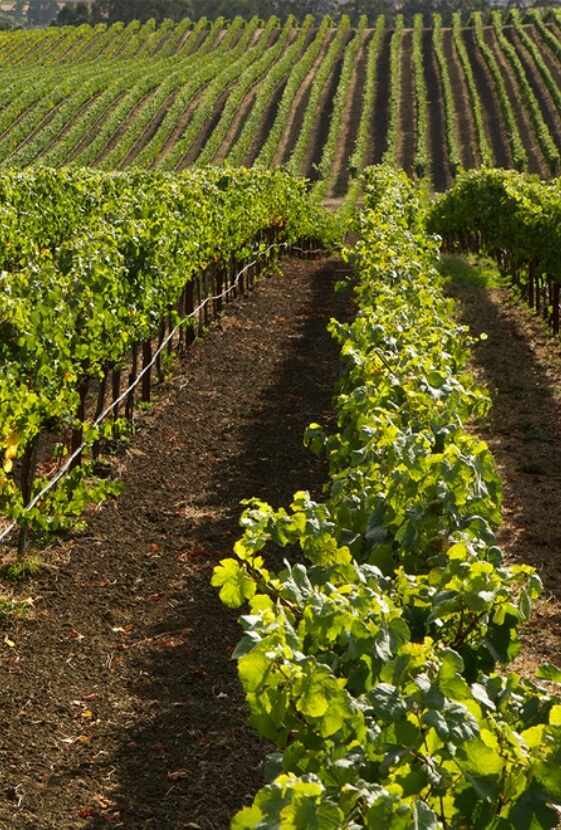
Grape Glossary
Bordeaux’s thin, gravelly soils and uneven climate often yield tough, austere Cabernet that is blended with Merlot, Cabernet Franc, Petit Verdot and Malbec for approachability as well as complexity.
California’s warmer climate allows Cabernet Sauvignon to ripen more fully, producing a full-bodied wine with lower acidity and less aggressive tannins, which makes blending unnecessary. California wines in the Meritage style follow the Bordelaise approach, blending to achieve greater complexity and structure. Cabernet Sauvignon’s stubborn tannins are enhanced by oak aging.
Cabernet Sauvignon is adaptable to various growing conditions, and is known for its low yield and late ripeness. Planted in virtually every wine producing region of the world with a climate warm enough to ripen it successfully, Cabernet Sauvignon produces small berries with a high ratio of pulp to seed. The skins are thick and distinctively blue rather than purple. It shows good resistance to rot and ripens slowly.
Cabernet Sauvignon is the benchmark of fine Bordeaux and California wines. The vine was first identified in France in 1736 as the Vidure for the hard wood of its stalk (vigne: vine, dure: hard). Research has shown that at some point in the late 1600s, a spontaneous cross-pollination between Cabernet Franc and Sauvignon Blanc produced a single hybrid Cabernet Sauvignon vine from which today’s vines have descended.

